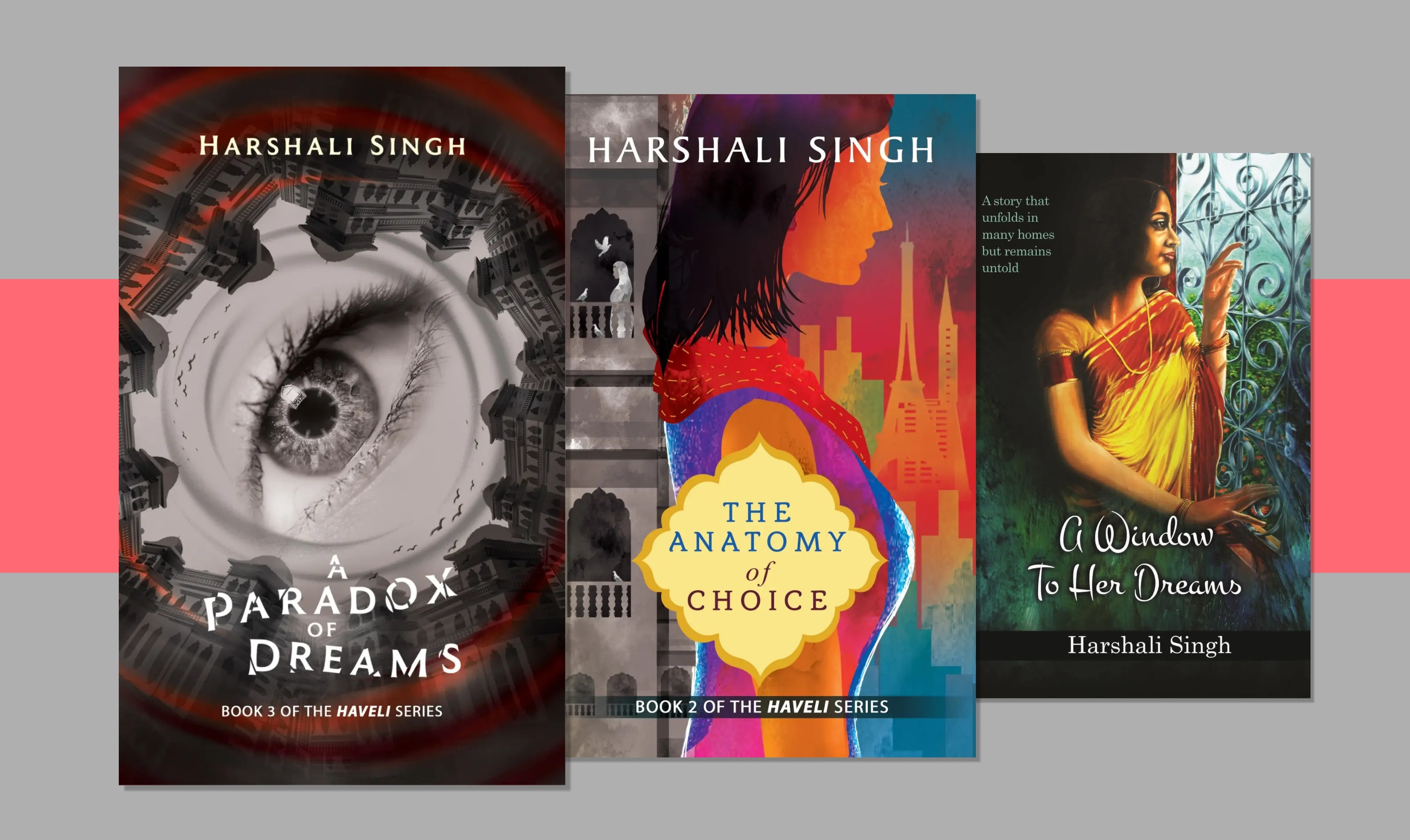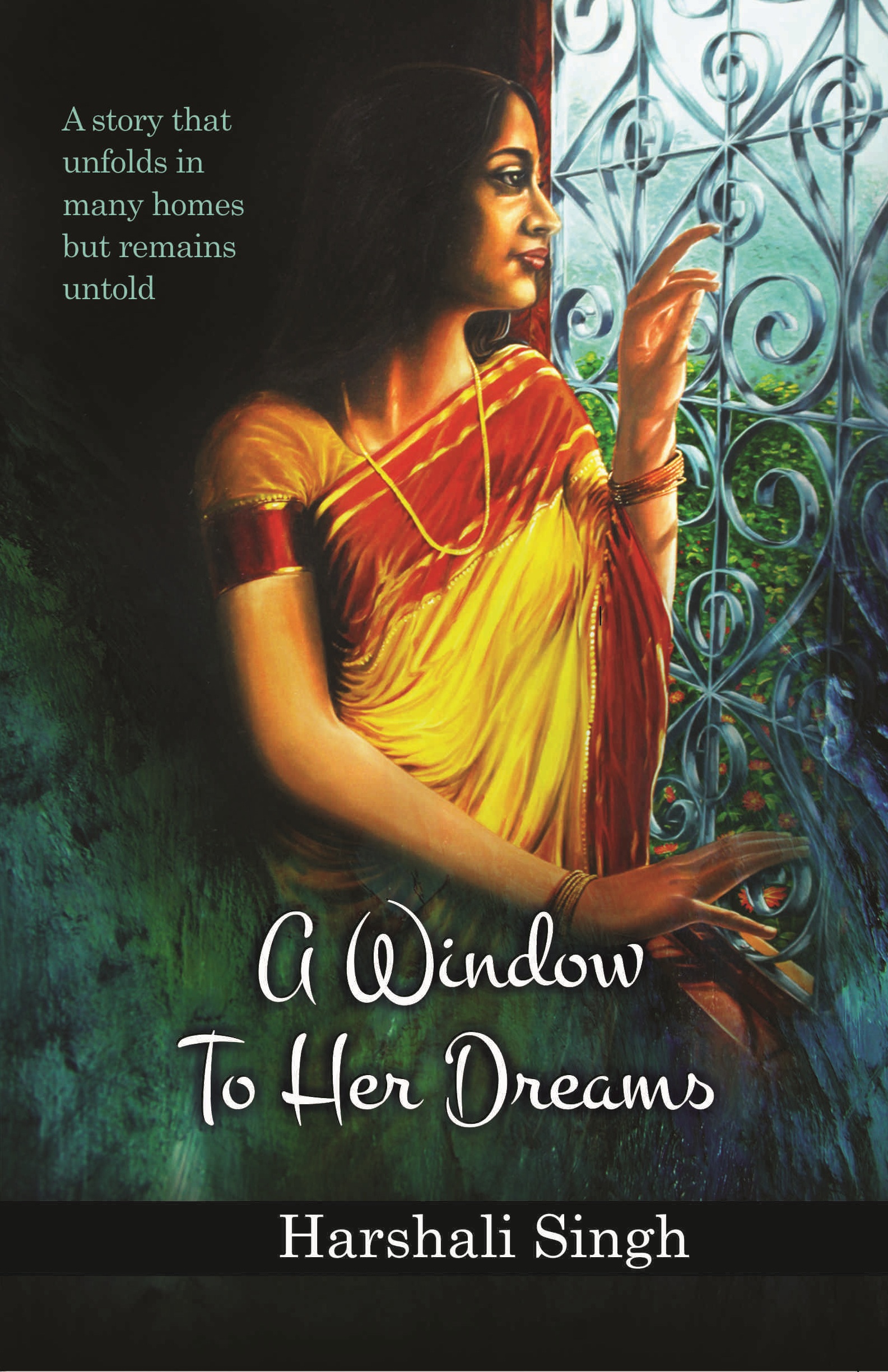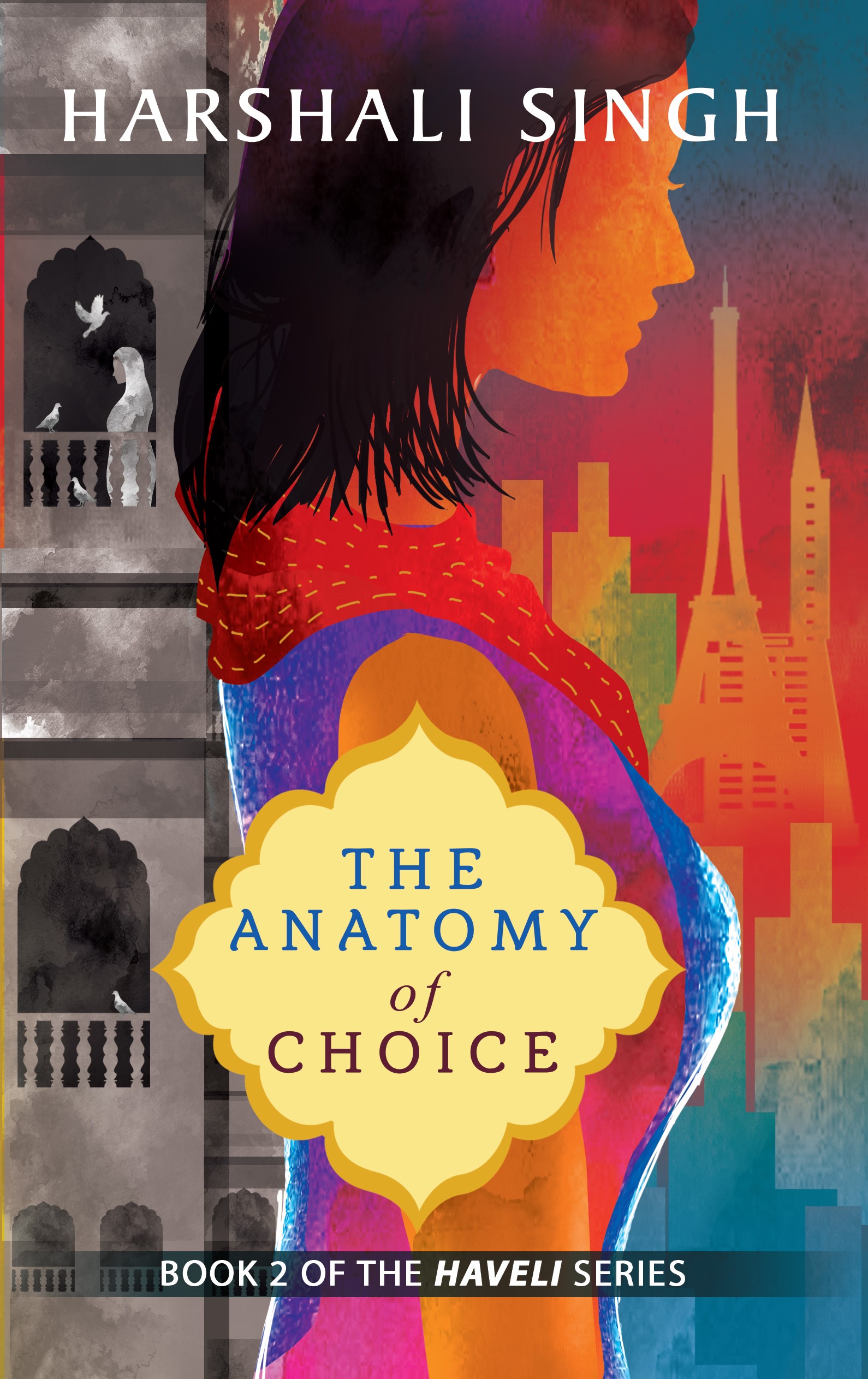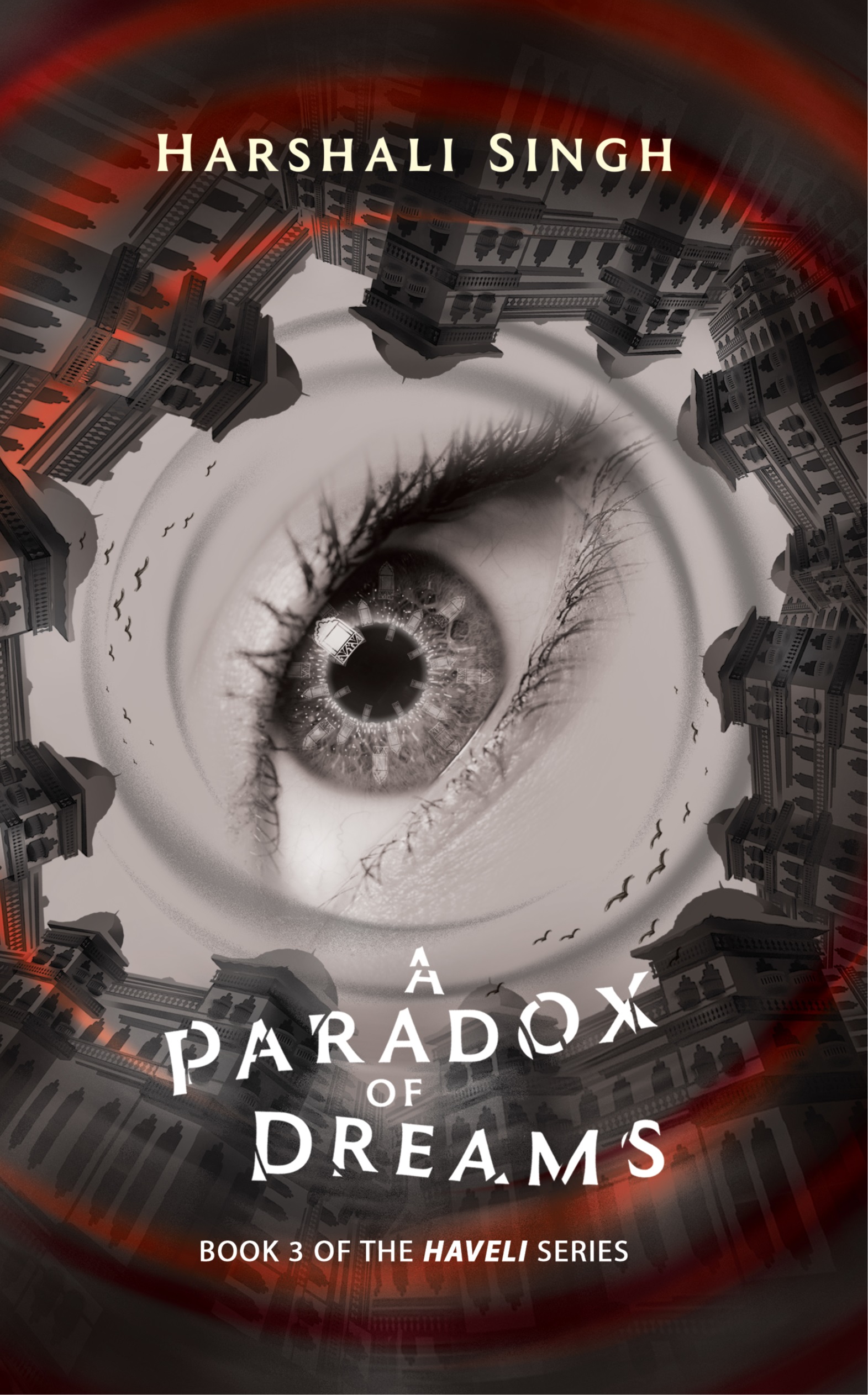Growing up with books like The Thorn Birds, A Suitable Boy, The Godfather, and our very own Mahabharat, I learned that large families were an unending wealth of drama, unique bonds, rivalry and silent sacrifices. What I read in books was reiterated in my own home. My father, the fourth child in six children and my mother the fifth, had a magician's hat of tales of pranks and antics their siblings had gotten into. The trouble their siblings caused my grandparents and the equation they share with each other awed and added drama, albeit vicariously in my mundane life.
We, the children of these chaos creators, were enthralled by the peccadilloes discussed with relish in every get-together. We saw our parents as fun, friendly, humourous and emotional when they were with their families. Families, therefore, became synonymous with having a multidimensional stream of thought and a device to get into the heart of a human being. Those few days we spent with cousins, Uncles and Aunts defined my perspective of a large family.
Having always lived in a nuclear family, a big family was something I yearned for. I wanted everyone to get along and still have their own ambitions, dreams and lives. I wanted fights that could escalate, and yet no one kept grudges. I wanted the perfectly… imperfect Indian family of the yesteryears. Two children later, I realised my dream of that large family would never get realised. And so I wrote the Sharma family saga.
There are seven children, their parents and an uncle who is like a surrogate father living in the doddering Haveli in old Delhi that watches over their lives.
My favourite part of writing the Haveli Series is perhaps creating these complex, layered and sometimes uncomfortable cobwebs of emotions that the Sharma family members have to unravel. Creating differences resulting from years of disappointments and frustrations or a flash in the pan kind of upheaval due to personality difference is equally satisfying as writing sibling love or a mother's pain when her child is struggling. The malaise that afflicts our society, the ability to turn our face from the apparent struggle of our loved ones in the name of privacy and alluding to things but meaning something else are all representations of the world around us.
The Haveli that I had once seen as a young girl became the perfect foil to act as the sentinel that looks over the large Sharma family that resides in its interiors at present. The Haveli remembers the bygone days with nostalgia. Yet, it acts as an observer and a narrator of the stories about the lives being lived, hoping for a better future for its inhabitants. The Haveli thus became the perfect setting and a haven for the boisterous Sharma family.
As a reader, I enjoy believable and well-chiselled characters with whom I can connect. Therefore, I try that all my characters are relatable with personalities that we can identify in our own lives. Hence, all my characters are heavily influenced by people I engage with or have interacted with in the past.
Whether supportive or demanding, caring or combative, families are omnipresent in every culture, race and ecosystem. They change over the years, as do parenting styles. Education and globalisation inevitably impact family dynamics. Inevitably, the personality, lingo, reactions to external stimuli, and interpretation of parental expectations and behaviour correspond to the times the character's story is being told. There is almost a generational gap between the thought process and reactions of the first daughter Aruna compared to the youngest daughter Gina.
Similarly, the reader's perspectives have to be taken into account while writing about the different members of the Sharma Family. Here, having backstories, age, occupation, hopes and dreams, ambition, and struggles helps me navigate and build a well-rounded character.
This Family Saga needed an eight-part series instead of just one book to showcase the richness of a large family. Each character has a story that needs to be told.
This series and its books, for me, is that quintessential large family that I yearned for. Three members of this family are already moving around in the world, waiting for you to befriend them, five are still to be born….
The first book in the series, A Window to Her Dreams, is the story of Aruna, the first daughter. A young divorcee, she marries Bhuvan, an averagely successful young man who had a crush on Aruna, back in college. Aruna's learned conditioning developed due to the oppressive years spent with her abusive and often violent first husband Rafi, constantly coming in the way of their married normalcy. As Aruna stands on the precipice of a second failed marriage, she recalls her hopes and expectations and how she herself has become the hurdle in the path leading to the life of her dreams.
The second book, The Anatomy of Choice, is Bhavya's story. The Sharma family's second daughter makes her life in Paris with Tenzin, her live-in partner. As the flame of their love starts to dwindle, they act on a fantasy only to realise that they were ill-equipped to handle the consequences of their choice. As she navigates the intimate, familial, and societal realms trying to find herself, she finds a journal of a 16th-century courtesan Noorie, who struggled with her own destiny. Bhavya finds her own indecision juxtaposing with the angst of a woman born much before her time. She is forced to examine and find parallels in the unconventional love and relationships that stretch across centuries and own up to the decisions that affect her life and love.
The recently released third book, A Paradox of Dreams,is about Charu and her journey.
In keeping with the 'Haveli Series' that celebrates and explores relationships, this book too explores the personal quest of Charu to find answers. Back into the fold of the Haveli, Charu wakes up from a horrific dream to answer a phone call from an old friend, Prithvi Chauhan, the suave Minister of State. He asks Charu to help him locate his kidnapped younger daughter Myra for old times sake.
Hence, the Paradox is in the context of the young girl from her nightmares and the kidnapped child. And the book is a juxtaposition of Charu's external and internal quest to reach a successful resolution.
It is also a look at different family dynamics. Charu's abandonment issues that stem from her parents sending her to her grandmother's house in Surat and the Chauhan family, who have a strange malevolent undertow that Charu can sense. It is also revealed why Charu calls the Haveli Anwar and why her parents sent Charu to Surat?
Besides the setting, characters, and stories, a family saga allows a writer to explore or shift genres. While most family sagas are inherently historical in nature, trying other genres keeps the story from becoming repetitive. The first book, A Window To Her Dreams, is a relationship drama, while Anatomy of Choice explores taboo issues like sexual experimentation. And A Paradox of Dreams amalgamates aspects of Psychological drama and mystery to keep the series compelling.
Leo Tolstoy very aptly said – "All happy families are alike, but every unhappy family is unhappy in its own way."
For me, families are like a metaphor for the world we inhabit. They are a rich tapestry to explore and reveal the cultural ethos that allows us to reflect and echo the change required to transform and evolve.
Buy the third part - A Paradox of Dreams
Buy the second part - The Anatomy of Choice





Comments